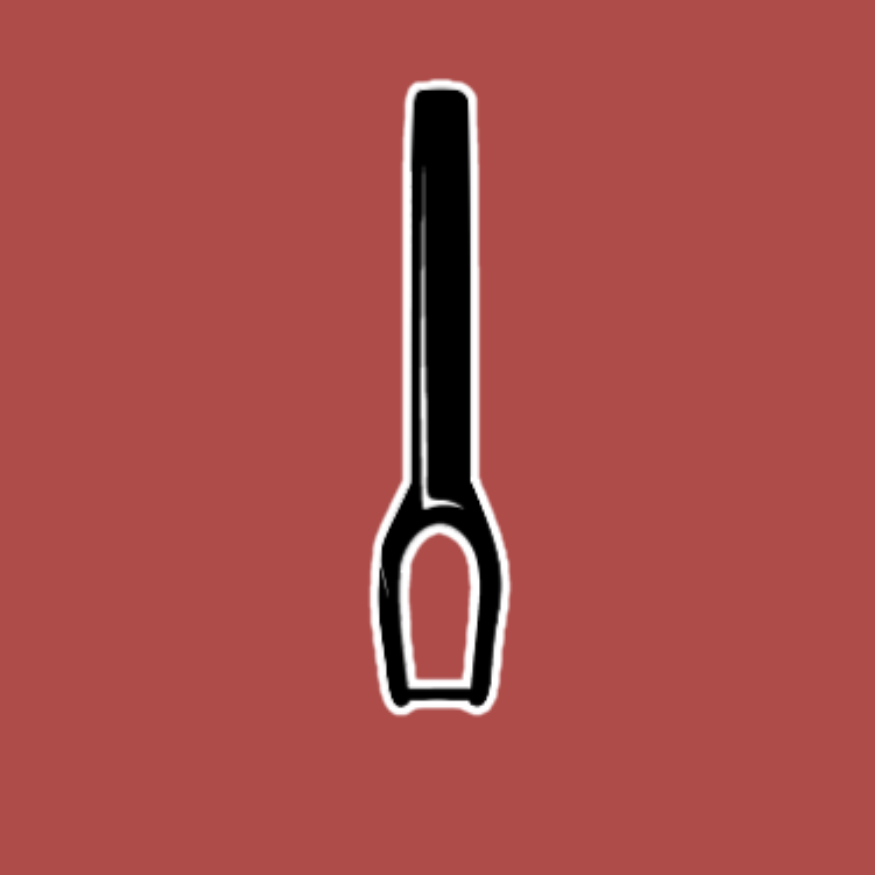STAY TUNED!
Current information and great offers, just a click away!
Also, receive a voucher worth 5% on your first registration, with a minimum purchase value of €100!

Eines ist klar, deine Gabel bzw. Stunt Scooter Fork muss sich perfekt mit deinem Lenker zusammenfügen. Nur wenn diese zusammen passen kann auch dein Stunt Scooter stabil sein. Achte auch ob die Größe deines Wheel zu Fork passt. Du weißt nicht weiter? Wir beantworten gern deine Frage, ruf uns an oder schreib uns!
The fork or gabel is an essential component of a stunt scooter. It connects the front wheel to the handlebar and allows the wheel to spin freely. The connection between the fork and the handlebar must be extremely solid, as a tremendous amount of force is transmitted from the wheels to the fork when landing.
The choice of material depends on your need for weight and durability. Stunt scooter forks are made from either aluminum or, less commonly, steel. Aluminum forks are lighter, while steel forks are more robust and durable.
Depending on the compression, there are different types of stunt scooter forks:
Threadless forks are more common today and offer better stability and durability. Threaded forks are now only found on very cheap beginner stunt scooters.
Choosing the right fork depends on several factors:
A compression system holds the fork securely to the deck and handlebar and ensures stability. The fork must be designed for the corresponding compression system. There are different systems like HIC, ICS, and SCS. The most common types of compressions, such as IHC and HIC, are mounted directly on the fork, and the handlebar is attached to it. For more information about compression, check out the Compressions category. Tip: If you already have a bar, check what compression you can use with it. This means that the inner diameter of the bar determines which fork you can use.
Besides compression, the wheels must also be compatible with the fork. Light forks are often smaller and may only accommodate 110mm wheels. Additionally, 30mm wide wheels require specially made, wider forks. Although more and more new forks are compatible with all types of wheels, you should still consider which wheels you want to use when purchasing.
For many riders, weight is crucial. Therefore, many opt for extremely light designs that save every gram of weight. If you want a fork that is particularly durable, you might consider a slightly heavier one, which is more stable. The most extreme variant is the steel fork, which, due to its high weight, is rarely seen but is almost indestructible.
Can I replace the fork of my stunt scooter myself?
Yes, with the right tools and some skill, you can replace the fork of your stunt scooter yourself. There are many guides and videos online that explain the replacement process step by step.
How do I install a new fork on my stunt scooter?
Remove the front wheel, loosen the clamp bolts, and remove the handlebar. Loosen the compression bolt and remove the compression from your fork. Be sure to remember exactly in which order the components were installed. Now pull the fork downward, and note that the bottom bearing of the headset might fall out. If so, slide the bottom bearing back onto the fork and insert both back into the deck. Ensure that both bearings rotate freely and smoothly. Then reinstall the compression, paying attention to the order of the components. Tighten the compression again and put the handlebar back on. Align the handlebar with the wheel and tighten the clamp bolts.
What size of wheels can I use with my fork?
The size of the wheels you can use with your fork depends on the interior of the fork. You will usually find the exact specifications for the maximum size of wheels in the product description. Nowadays, many brands offer forks that are compatible with all wheel sizes.
Are all forks compatible with all decks and bars?
You don’t need to worry, all forks are compatible with all decks. However, not all forks are compatible with all bars. Make sure that the fork supports the same compression system. If you are unsure which compression your fork supports, read the product description or ask us.
What does "offset" mean in forks?
The offset of a fork refers to the lateral distance between the center of the fork and the axle of the front wheel. Currently, almost exclusively forks with 10mm offset are manufactured. However, there are still forks without offset, known as zero offset forks. In this case, the center of your front wheel is exactly in the middle of the fork.